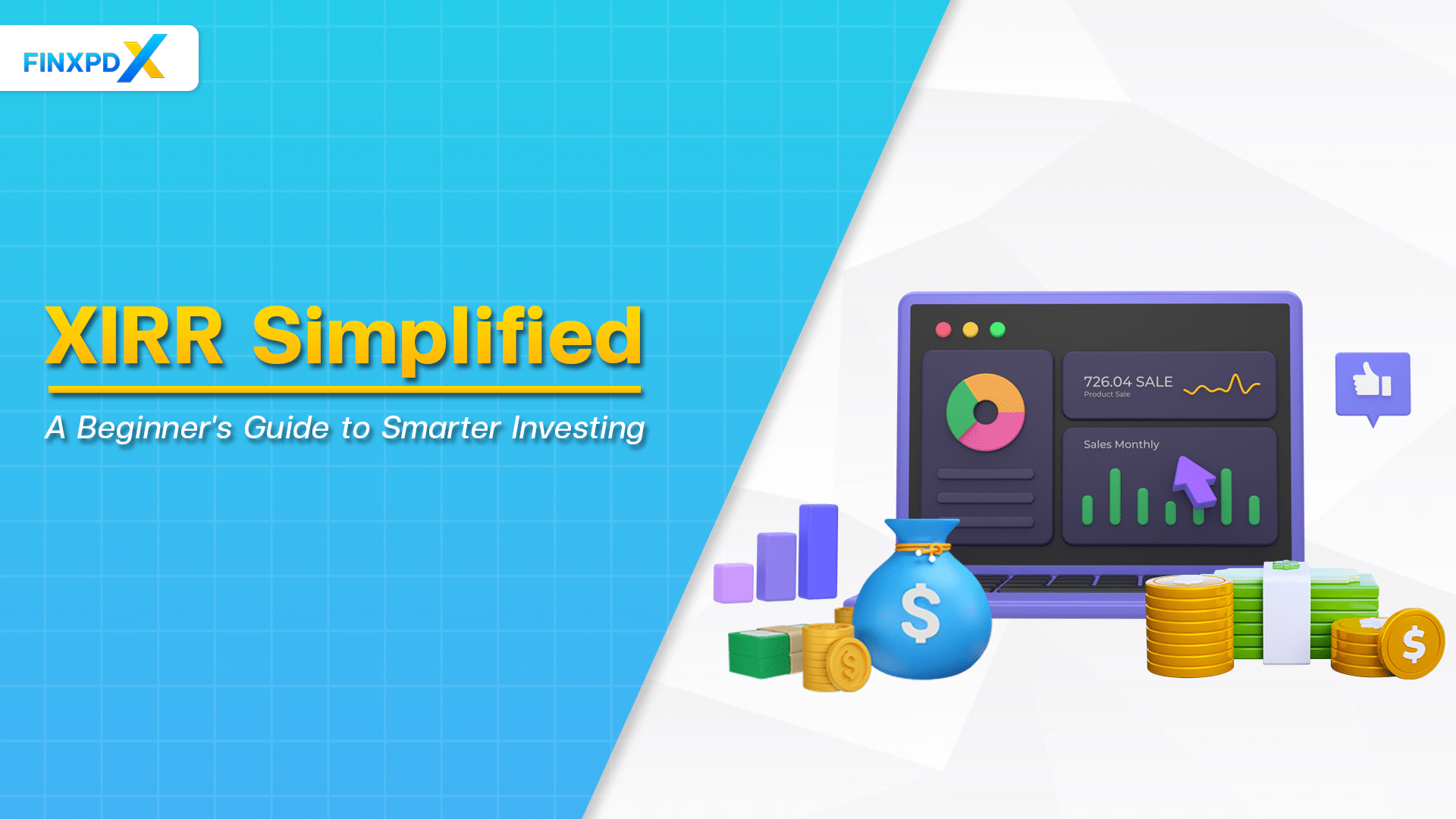In this article, we will explore the world of XIRR, a powerful tool used in the world of mutual funds and investments. We’ll delve into how it works and its pros and cons, enabling you to make informed decisions to optimize your financial strategy and maximize your returns.
What Is XIRR in Mutual Funds?
XIRR, short for “Extended Internal Rate of Return”, is a financial metric used to determine the annualized rate of return on an investment. Specifically, it is used in the context of mutual funds to measure the performance of an investment over a specific time period.
XIRR meaning involves considering both the size and timing of cash flows, making it a more accurate measure of investment returns than other metrics, such as simple return or average annual return.
Key Takeaways
- XIRR is a financial metric used to calculate investment returns, particularly in the context of mutual funds.
- Calculating XIRR involves knowing the dates and amounts of cash inflows and outflows and using a formula within a spreadsheet program.
- XIRR is valuable for mutual fund investors in making decisions about fund selection, diversification, and risk assessment.
- While a higher XIRR indicates better performance, it should be considered alongside other factors, such as risk and investment objectives.
How Does XIRR Work?
XIRR considers the initial investment and subsequent transactions, incorporating the timing of cash flows. The calculation of XIRR requires knowing the dates and amounts of cash inflows and outflows.
It aims to find the rate that makes the present value of cash inflows equal to the present value of cash outflows. By assigning more weight to cash flows made earlier in the investment period, XIRR reflects the time value of money and provides a more accurate measure of investment performance.
Pros and Cons of Using XIRR
Pros
1. Accurate Return Measurement
XIRR takes into consideration both the size and timing of cash flows, providing a more precise measure of investment returns compared to other metrics. This allows investors to have a clearer understanding of how their investments are performing.
2. Irregular Cash Flow Analysis
XIRR is useful for investments with irregular or non-annual cash flows. It can accurately calculate the return on investments with varying cash inflows and outflows, helping investors assess the performance of these investments.
Cons
1. Dependency on Accurate Data
The accuracy of calculations depends on the accuracy of the input cash flows. If the cash flows are not recorded correctly, the calculated result may not reflect the true investment performance.
2. Reinvestment Rate Assumption
XIRR assumes that cash flows are reinvested at the calculated rate of return. This may not always be the case in real-life scenarios, especially when investors have different investment strategies or reinvest their cash flows differently.
3. Vulnerability to Cash Flow Changes
XIRR may not accurately represent the performance of investments with significant changes in cash flows. For example, if there are large cash inflows or outflows at irregular periods, the calculated XIRR may not fully capture the true effect of these cash flows on the investment performance.
How to Calculate XIRR: A Step-By-Step Guide
Calculating XIRR involves gathering the necessary cash flow data and using a formula within a spreadsheet program like Microsoft Excel. Follow these steps to calculate XIRR:
1. Organize Your Cash Flows
Gather all the relevant cash flow data, including the dates and amounts of cash inflows and outflows. Ensure that you organized and recorded the cash flow data properly.
2. Create a Table
Open a new spreadsheet in Microsoft Excel and create a table to input your cash flow data. The table should have two columns: one for the dates and another for the corresponding cash flows.
3. Input Your Cash Flows
Enter the dates and cash flow amounts in the respective columns of the table. The cash flows should be negative for outflows and positive for inflows.
4. Apply the XIRR Formula
Use the XIRR formula provided by Excel to calculate the XIRR in an empty cell. The formula should reference the cell range containing your cash flow data in the table.
Here is an example of how the cash flow data table might look:
| Date | Cash Flow |
|---|---|
| 01 Jan 2023 | -10,000 (Investment) |
| 01 Jul 2023 | 2,000 (Income) |
| 01 Jan 2024 | 3,000 (Income) |
| 01 Jul 2024 | 5,500 (Final Value) |
In this example, the initial investment started on 1st January 2023 as a negative cash flow of $10,000, representing money invested. The first return is noted six months later on 1st July 2023, followed by a second return a year after the initial investment on 1st January 2024. Finally, the investment ends on 1st July 2024 with a final value of $5,500.
These data demonstrate the typical cash flow pattern in investments with irregular periods. The negative value signifies the outflow of cash (investment), while the positive values indicate cash inflows (returns or final value).
Conclusion
XIRR is a valuable tool for mutual fund investors, providing a more precise way to calculate investment returns. Incorporating XIRR into your investment analysis allows for a deeper understanding of your portfolio’s performance. It can help you to make informed choices for future investments, aligning with your financial strategy and goals.
FAQs
XIRR is a financial metric used to calculate the annualized rate of return on investments, particularly in mutual funds. It takes into account the timing and size of cash flows, providing a more accurate measure of investment returns.
While a higher XIRR indicates better performance, it is not the sole metric to consider when evaluating investments. Other factors, such as risk, volatility, and investment objectives, should also be taken into account.
XIRR is a historical metric and cannot guarantee or predict future performance. It provides insight into past investment returns, offering a basis for evaluating the effectiveness of an investment.
XIRR is most suitable for investments with irregular cash flows. Investments that involve regular contributions or fixed income streams may require the use of other metrics.
While it is possible to manually calculate XIRR using mathematical methods, using a spreadsheet program like Excel simplifies the process. Software or spreadsheet programs provide a more efficient and accurate way to perform the calculation.
Related Articles:
- Money Market Instruments: Get to Know Financial Complexities
- Types of NFO (New Fund Offers): Initial Investment Opportunities
- Cost of Capital: What Is It & How to Calculate?
Read more: Funds and Loans








